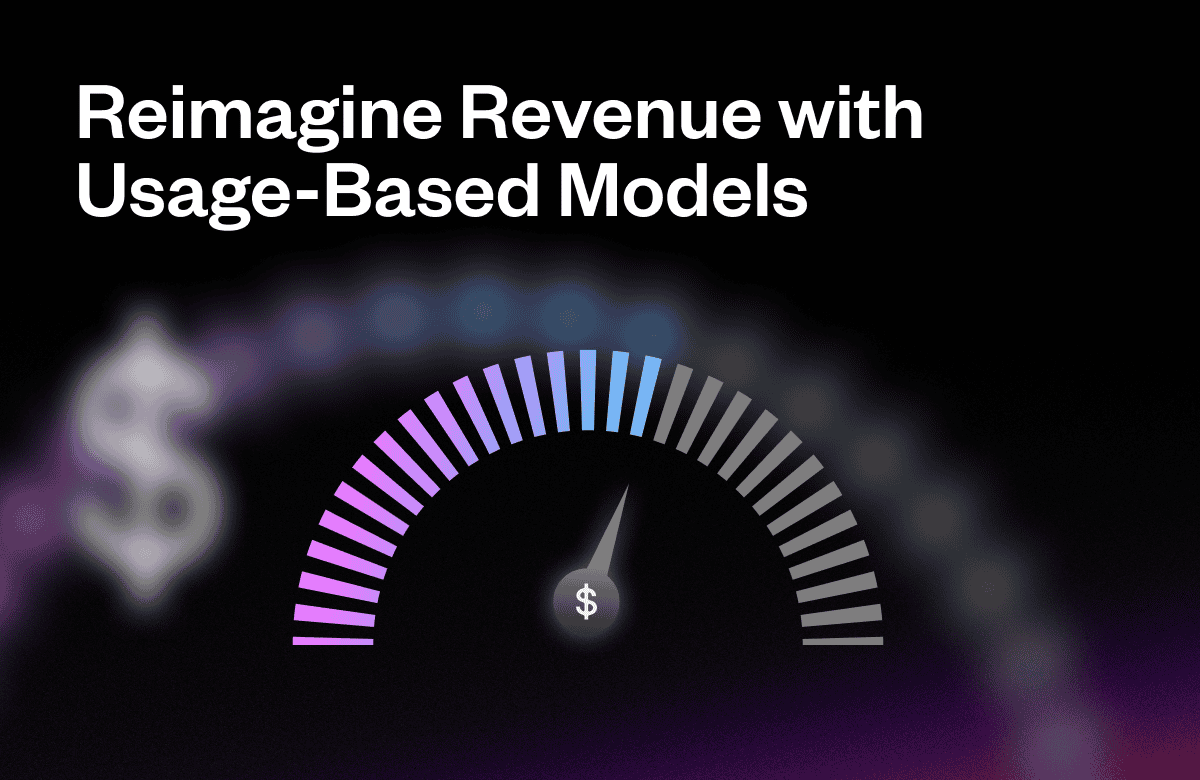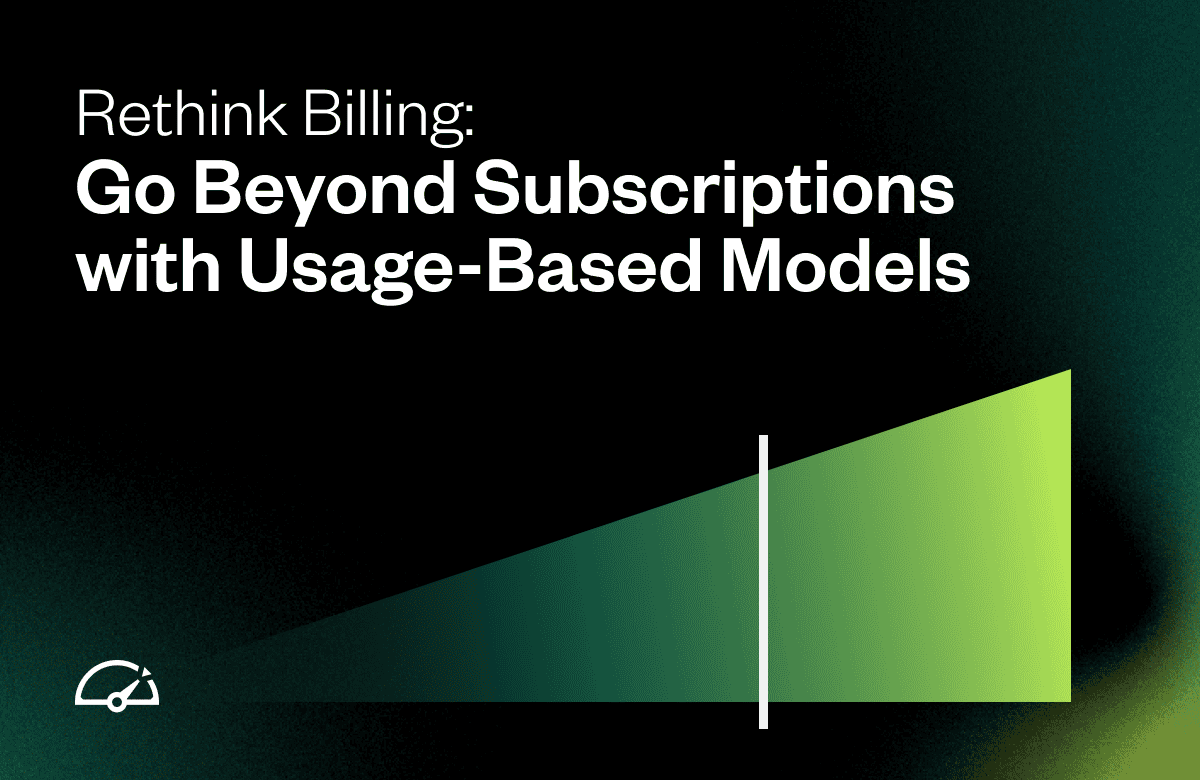Usage-based pricing isn’t just a pricing model—it’s a strategic shift that aligns revenue with the value customers receive. By charging customers based on their actual usage, SaaS companies can foster stronger customer relationships, enhance retention, and unlock new growth opportunities. But despite its appeal, rolling out usage-based pricing requires careful planning and execution. It’s a complex process that goes far beyond simply setting rates or tracking usage metrics.
When done right, usage-based pricing can be transformative, allowing businesses to adapt to evolving customer needs and market conditions with agility. However, without the proper foundation, it can lead to inefficiencies, unpredictable revenue, and customer confusion. To help you succeed in this strategic shift, here are 10 critical factors to consider when rolling out usage-based pricing.
1. Define Clear Goals for Usage-Based Pricing
Before you make any changes, clarify what you aim to achieve with usage-based pricing. Are you looking to increase revenue, improve either net or gross customer retention, improve new customer acquisition, or simply better align pricing with the value delivered? Clearly defining these objectives helps ensure your entire organization is aligned and working toward measurable outcomes.
Having measurable goals tied to your broader business objectives will guide your decision-making and help you evaluate the effectiveness of your new pricing strategy. Regularly revisit these goals to ensure your approach remains relevant as your business evolves.
2. Align Your Pricing Model with Customer Value
Your pricing model should reflect how customers perceive value from your product. Carefully choose usage metrics that are easy to understand, simple to track, and directly aligned with customer success. Metrics like API calls, number of actions specific to your product (such as number of SMS messages), or data volume can work well when they correspond to real value delivered.
Avoid metrics that could confuse customers or make it hard for them to either track real time or see the value they’re receiving. This alignment not only enhances customer satisfaction but also strengthens the relationship between pricing and perceived ROI.
3. Choose a Billing System That Scales with You
Implementing a usage-based pricing model requires a robust billing system. DIY systems or entry-level platforms might suffice at first but can lead to costly overhauls as your business grows. Growth-stage companies, in particular, need to avoid systems that can’t handle the complexity of scaling usage-based models.
Instead, invest in a billing solution that integrates metering, revenue recognition, and reporting capabilities from the outset. Such a system ensures operational efficiency and avoids the pitfalls of manual processes or disconnected tools as you scale.
4. Build for Flexibility and Experimentation
No pricing model is perfect on the first try. The ability to iterate and experiment with your pricing strategy is essential for long-term success. Choose a model and system that supports flexibility, allowing you to make adjustments and test hybrid pricing models (such as combining usage-based and fixed pricing) as your business evolves.
This flexibility ensures you can respond quickly to market feedback and continuously optimize your pricing approach. Treat pricing experiments as opportunities to learn about customer behavior and refine your strategy accordingly.
5. Understand the Impact on Revenue Recognition
Usage-based pricing introduces complexities in revenue recognition and compliance, especially under ASC 606 standards. Without the right tools, these complexities can overwhelm your finance team and lead to errors in financial reporting.
Ensure you fully understand the revenue recognition implications of new models prior to implementing. Ensure the model aligns with your financial objectives, which may mean utilizing models that include minimums, pre-payments, or startup fees. Invest in a billing platform that simplifies and automates key processes to ensure accuracy and efficiency. Proactively address these challenges by involving your finance team early and leveraging technology to streamline reporting workflows.
6. Train Your Team on the New Model
Usage-based pricing impacts multiple teams across your organization, including sales, customer success, and finance. Provide thorough training on how the model works, its benefits, and how to address common customer questions or concerns. Ensure teams know how success is measured within accounts leveraging usage-based pricing – especially when these measurements impact compensation. Tailored enablement for each team ensures they can communicate the value of the new model effectively.
Proper training ensures alignment across teams and helps maintain a seamless customer experience. It also empowers your teams to identify and address potential pain points early, building confidence both internally and externally.
7. Set Up Metering and Data Infrastructure Early
Reliable, real-time metering is critical for the success of a usage-based pricing model. Your data infrastructure must be capable of tracking and reporting usage accurately and transparently. This involves not only implementing the right tools within your products, but also ensuring they integrate seamlessly with your billing platform.
Start building this infrastructure early to avoid delays or inaccuracies that could erode customer trust. By investing in robust metering systems, you lay the groundwork for operational excellence and customer satisfaction.
8. Prioritize Customer Communication
Clear and transparent communication is vital when rolling out usage-based pricing. Without it, customers may become confused or frustrated by unexpected charges. Focus on educating your customers about the new pricing model and why it benefits them.
Create detailed onboarding materials and proactive communication strategies to explain the new pricing model, answer common questions, and address concerns before they arise. Proactively engaging customers builds trust and minimizes friction during the transition.
9. Plan for Customer Retention Strategies
Usage-based pricing can lead to variable bills, which may create friction for some customers. To mitigate churn, develop retention strategies such as volume discounts, customer education, and proactive engagement with high-usage customers.
By focusing on retention, you can turn potential challenges into opportunities for deeper customer relationships. Consider implementing tools to predict customer churn and act proactively to retain valuable accounts.
10. Leverage Billing Data for Growth
One of the most significant advantages of usage-based pricing is the wealth of data it generates about how customers interact with your product. Use this data to identify upsell opportunities, track usage trends, and inform product development.
By turning billing data into actionable insights, you can continuously refine your offerings and drive long-term growth. Encourage cross-functional collaboration between product, sales, and finance teams to maximize the impact of these insights.
Rolling out usage-based pricing is no small undertaking, but with the right approach, it can be a game-changer for your SaaS business. By focusing on these 10 key considerations, you can create a pricing model that not only supports your current goals but also positions your business for future success.
Curious about how Maxio can simplify your transition to usage-based pricing? Dive into our usage-based pricing benchmarks and best practices for actionable insights. Book a personalized demo today to see how we can help your business grow smarter, faster, and stronger.




